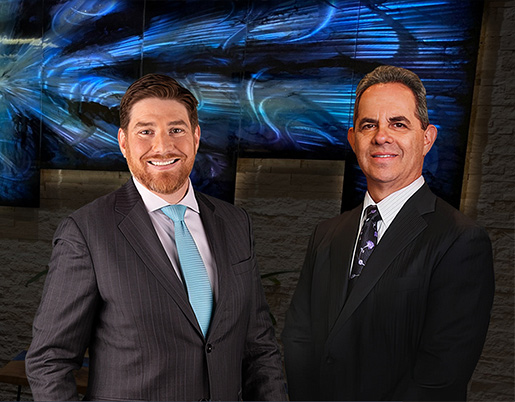The Los Angeles auto show is one of the most anticipated auto shows in the world. It attracts thousands of media from around the globe to view new vehicles from top car manufacturers. This year’s show will feature a record of debuts. Twenty world debuts and another twenty North American premieres bringing the grand total to forty.
The LA Auto Show will provide a look into the industry’s present and future as it transforms to meet the changes in economic conditions, environmental factors and changing consumer preferences. The large variety of innovative vehicles, from high end sports cars, ‘green’ concepts, to minivans and sedans, will feature advanced technologies in fuel economy, safety and telematics.
Two of the highly anticipated debuts are the introduction of the Chevrolet ‘Volt’ and the Nissan ‘Leaf’, the electric cars that will be offered to the general public later this year. As well, there will be a number of other manufacturers showing their electric vehicles, due to come out in 2011.
The show will be held this fall at the Los Angeles Convention Center. November 17-18 will be opened for the press (Media registration opens in September), and on November 19-28 the doors will be opened to the public.






